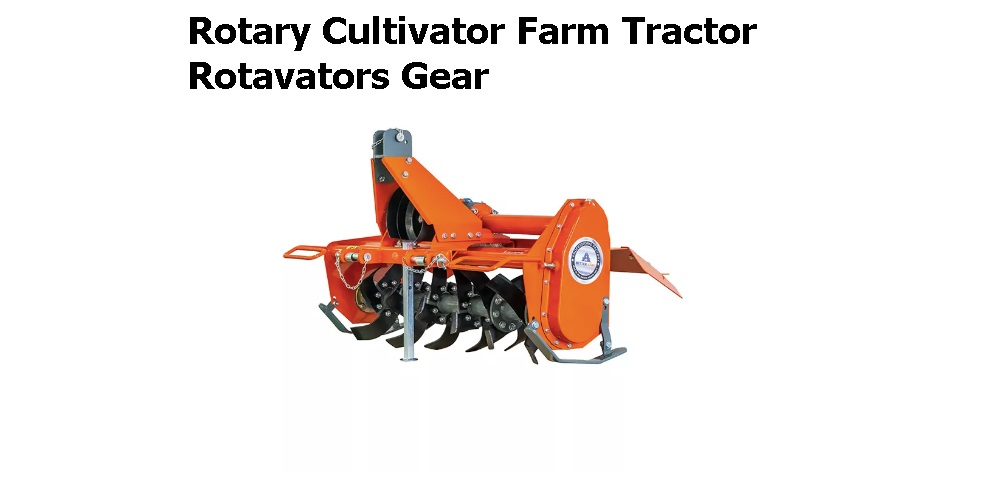The rotavator is an important piece of tillage machine that enables farmers to conduct various tilling chores simultaneously. A rotavator can assist a farmer add double earnings of his farming operation, which is already quite lucrative. Find out in this article how to choose the ideal rotavator for your farm and the considerations that should go into making that decision.
Rotavator Size
Several variations of rotavators are available on the market today, and each has unique dimensions and contours to accommodate specific kinds of work. The smaller models of rotary tillers, such as the mini rotavator, are intended for use in the garden and in smaller vegetable gardens.
On the other hand, the larger models of tractor rotavators, such as the medium-duty and heavy-duty models, are designed for use in larger areas of land, such as crop and grain fields, and are suitable for use and work in those areas. A rotavator that is used in farming typically ranges in length from three to seven feet. In large-scale farming operations, rotavators of this type are a common piece of machinery.
Rotavator Price
The price of a rotavator for agricultural use is often determined by the machine’s size and the functions it performs. A multi-speed rotavator can cost anywhere from one lakh to one lakh per unit, and it can be easily operated using the PTO power of tractors with 35 to 55 horsepower.
Rotavator Blades
The use of an L-shaped blade rotavator is a common and successful method for preparing an ideal seedbed. Connected to the shaft that receives power from the PTO shaft of the tractor, these whirling blades do their function. There are two distinct configurations for these. The first configuration has three blades, and the second has two. Both of them are interchangeable.
Different Kinds of Blades
According to the nature of the soil, specific varieties of blades are selected to use. L-shaped blades are chosen in heavy cultivation because they function so well to eradicate weeds and frequently create soil pulverization.
On the other hand, C-shaped blades are utilized when preparing the ground with hard soil since they are more effective. When utilized in a field with thick and wet soils, C-type blades have less propensity to become clogged up due to their curved design than L-shaped blades. Additional kinds of blades include those with a long shank, a speed blade, and a straight knife blade.
Rotavator Features
It is common knowledge among most farmers that the process of preparing the seedbed in heavy and dark cotton soils can be physically demanding. The formation of clods is something that can be managed with the use of conventional farming equipment like plows and cultivators.
On the other hand, a rotavator is a versatile piece of equipment that can take the place of all the different tillage implements, so it can cut down on the number of steps involved in employing primary and secondary tillage implements. It slices, shatters and mixes the soil according to the demand for the seedbed, which can be as rough or as light as desired.

